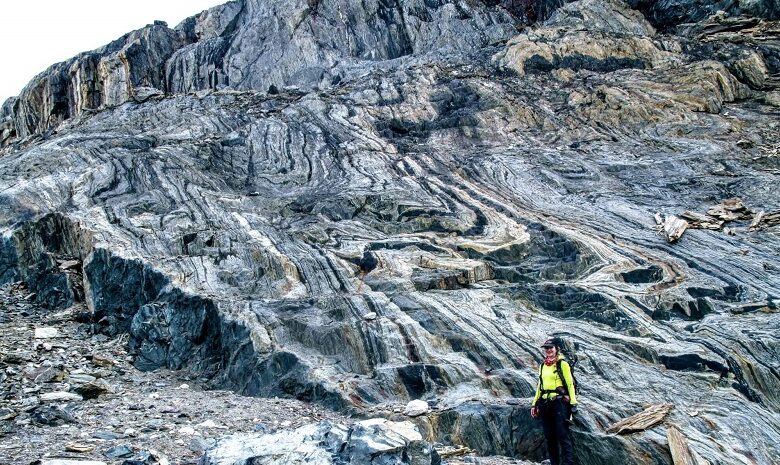Unveiling Earth’s Ancient Magnetic Field: A Geological Breakthrough in Greenland

Geologists hailing from MIT and Oxford University have made an epochal discovery in Greenland, unearthing rocks that serve as natural time capsules, offering a profound insight into Earth’s ancient past.
Estimated to be approximately 3.7 billion years old, these rocks harbor the earliest vestiges of the planet’s magnetic field, providing a window into its primordial conditions and potential implications for the emergence of life. Published in the esteemed Journal of Geophysical Research, the findings divulge that the ancient magnetic field boasted a strength of at least 15 microtesla, akin to Earth’s present-day magnetic field. This revelation extends the timeline of Earth’s magnetic field by an additional 200 million years, underscoring its pivotal role in shaping the planet’s habitability.
Dr. Claire Nichols, presently an associate professor at Oxford University, underscores the paramount significance of Earth’s magnetic field in fostering a conducive environment for life. “Our magnetic field acts as a shield against detrimental radiation and contributes to the stability of our oceans and atmosphere,” she elucidates.
The research endeavor, spearheaded by Dr. Nichols and Professor Benjamin Weiss from MIT, entailed an expedition to Greenland’s IsuaSupracrustal Belt, renowned for its ancient rock formations. By scrutinizing banded iron formations nestled within these rocks, the scientific cohort aimed to unravel the magnetic imprints preserved since the rocks’ inception billions of years ago.
Through methodical laboratory analyses, the team corroborated that the rocks harbored vestiges of an ancient magnetic field, notwithstanding subsequent thermal perturbations. This resilience intimates that Earth’s nascent magnetic field subsisted on a distinct power source compared to the one fueling the contemporary magnetic field, challenging prevailing hypotheses regarding its genesis.
“We are now probing the mechanisms through which Earth maintained such a robust magnetic field during its formative stages,” observes Professor Weiss. “This discovery not only enriches our comprehension of Earth’s chronicles but also holds implications for our quest to explore habitable planets beyond our solar system.”
The research breakthrough not only pushes the boundaries of Earth’s magnetic field back in time but also evokes tantalizing inquiries about the planet’s dynamic evolution and its propensity to nurture life.






